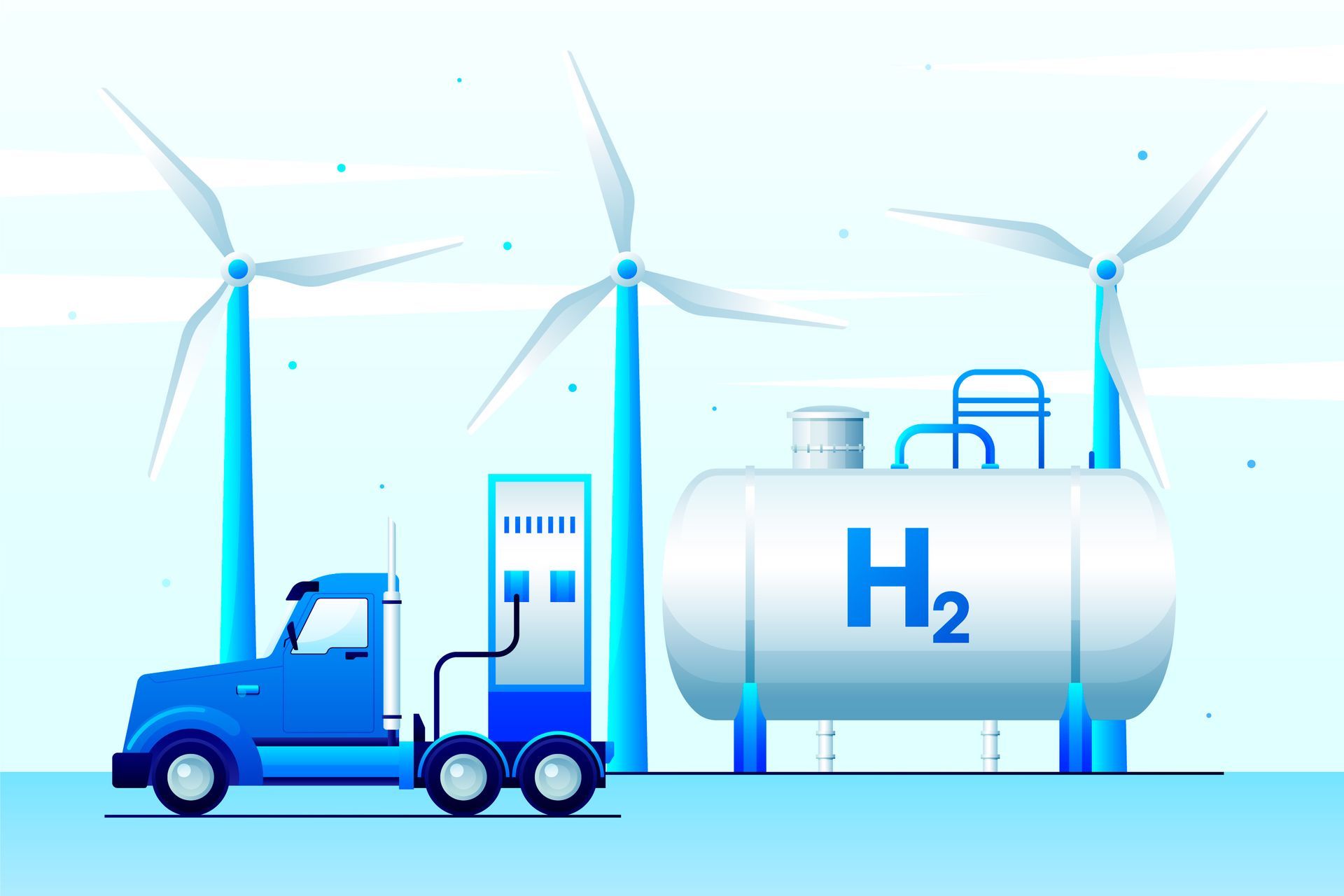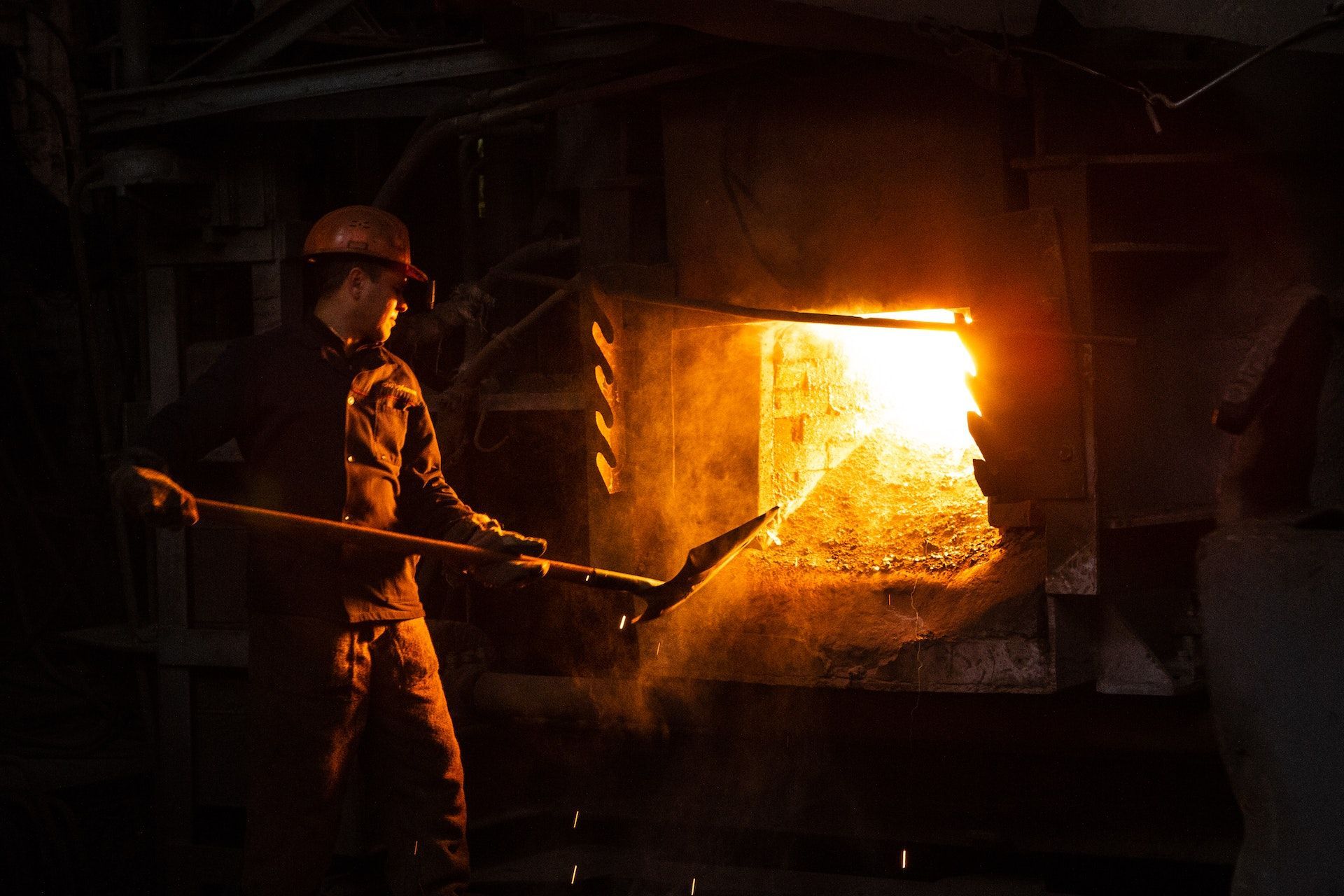THE FEMALE EUROSCIENTIST: VIEWS FROM WESTERN EUROPE
In the lead up to International Women’s Day, Euroscientist is running a series of short articles looking at the state of women in research throughout Europe. The first in this series looked at Southern Europe.
According to legend, in 1953 when Francis Crick and James Watson discovered the double helix structure of DNA they rushed to a local pub called The Eagle, telling locals that they had ‘found the secret to life.’ A blue plaque now commemorates the announcement. Unfortunately it is only recently that people have recognised just how crucial their colleague Rosalind Franklin’s research was to their discovery. She died before Watson, Crick and another colleague were awarded the Nobel Prize in 1962.
Similar injustices can be seen throughout the history of western European science, though like their counterparts in southern Europe, it has improved in the past decade. According to the EU’s She Figures survey of women researchers published every three years, many western European countries are above the EU average of 32%. For example, the figures show that in 2018 the UK had around 39% of researchers being women, with similar above-average numbers for Ireland (36.3%), Switzerland (34.92%), and Belgium (34.82%).
However, the countries with the largest amount of scientists in the EU fall below the overall average. For example in 2018 Germany had the biggest population of researchers in Europe at almost 500 000, though only 28% of those are women. France also had 28% of women scientists in 2018, though that figure had barely changed in a decade – figures from 2009 show the same percentage.
The Netherlands however has one of the lowest proportions in the entire European Union – only around 26% of researchers are women, according to the latest She Figures statistics. An analysis by the Ratheanau Instituut found that this is likely because of the business sector, which employs significantly fewer female researchers (22.6%) compared to higher education and research institutes (both roughly 44%). This, says the institute, may be down to “the more natural and technical orientation of the research in the business sector” compared to higher education and research institutes. However even these institutes are struggling to keep their gender balance intact; in between 2019 and 2020 the Eindhoven University of Technology decided to prioritise female applicants for faculty positions.
In France, several initiatives have been put in place to improve transparency and further women in later academic careers. For example the national science funder CNRS has published regular reports on gender mixes in French research institutes. Meanwhile the French National Research Agency started an Action Plan for Gender Equality in 2020.
Germany has also struggled with sexism and gender inequality in academia. Recent initiatives such as the Komm, mach MINT have created a network for women scientists to support one another, and since 2008 the federal ministry for research started the Professorinnenprogramm to support female professors across all higher-education disciplines.
Despite these initiatives, researchers across western Europe note that there are still issues in the culture of academia. “I think that a main challenge is that you can get the feeling that you need to proof yourself in meetings or calls because you are a (young) woman,” says Kimberley Wevers, a renewable resources researcher at Wageningen University in the Netherlands and researcher for the Go-Grass project.
“We were discussing with coworkers (different age and genders) about a gender bias at work and if things are different as a woman. I made a comment that I’m sometimes conscious about being a young woman, with sometimes only older men at the table,” she said.
“An older male colleague told me that it might be better if I dressed different, ‘older or more professional’, which is still a strange comment to me. I’m not sure if he would have made the same comment to a male colleague if he would have expressed that he sometimes felt conscious about being a young male researcher at a table with only older (male) researchers,” says Kimberley.
“The academic sector, particularly in STEM fields, puts a lot of pressure on people to move around, especially in early career stages (e.g. to start a PhD or your first post-doc). Women, if they’re in relationships, are still more likely to prioritise their partner’s career over their own, giving less flexibility in where they can move,” says Dr Heather Smith of Cranfield University and a researcher on the Ultimate project.
“In the university sector, STEM careers tend to prioritise and promote productivity – numbers of published papers, numbers of research grants, numbers of international conferences, numbers of research students. All of these activities can be slowed by the issues mentioned above, meaning it can be disproportionately harder for women to achieve the kind of productivity expectations that enable them to progress, and this can really undermine job satisfaction. This is a key part of the retention challenge. A lot has improved over the past 20-30 years, and things are hopefully headed in a positive direction. But there are still many deep-rooted challenges.”
More articles!







